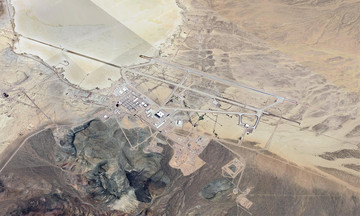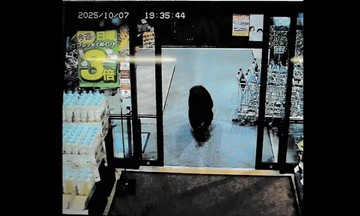Russian media reported on 13/9 that frontline units have deployed the Molniya-2, an unmanned aerial vehicle (UAV) controlled via fiber-optic cable, making it resistant to Ukrainian jamming systems.
A video released the same day shows a Molniya-2 launching from a mobile platform with a spool of fiber-optic cable attached to its rear fuselage with transparent tape. The UAV then transmits high-definition images to the operator's control unit.
The Molniya-2 can carry a payload of up to 10 kg, including first-person view (FPV) drones. Due to the added weight of the fiber-optic cable spool, its maximum operational range is about 20 km, two-thirds the range of the original Molniya-1.
Russia previously released images of a Molniya UAV carrying an FPV drone. After the UAV enters enemy territory, the FPV drone detaches to scout and attack targets. This mechanism conserves the smaller drone's battery and extends its range, enabling it to search for targets over longer distances and durations compared to flying directly to the suspected location.
The Molniya itself is also a kamikaze drone, capable of launching its own attack after releasing the smaller drone, allowing operators to target two objectives in a single mission.
Molniya UAVs are constructed from plywood and foam with a simple frame, costing approximately 300 USD each. This simple design and low production cost allow Russia to deploy them in large numbers, posing a significant threat to areas deep within Ukrainian territory.
Oleksandr Aronets, an officer in the 12th Azov Special Operations Brigade of the Ukrainian army, reported earlier this month that Russia is using these UAVs to launch FPV drones, striking locations 40-50 km from the front lines. Among the targeted areas are key Ukrainian army logistical routes in Donetsk province, in locations previously considered safe from drones.
Nguyen Tien (Theo Lenta, AP)












